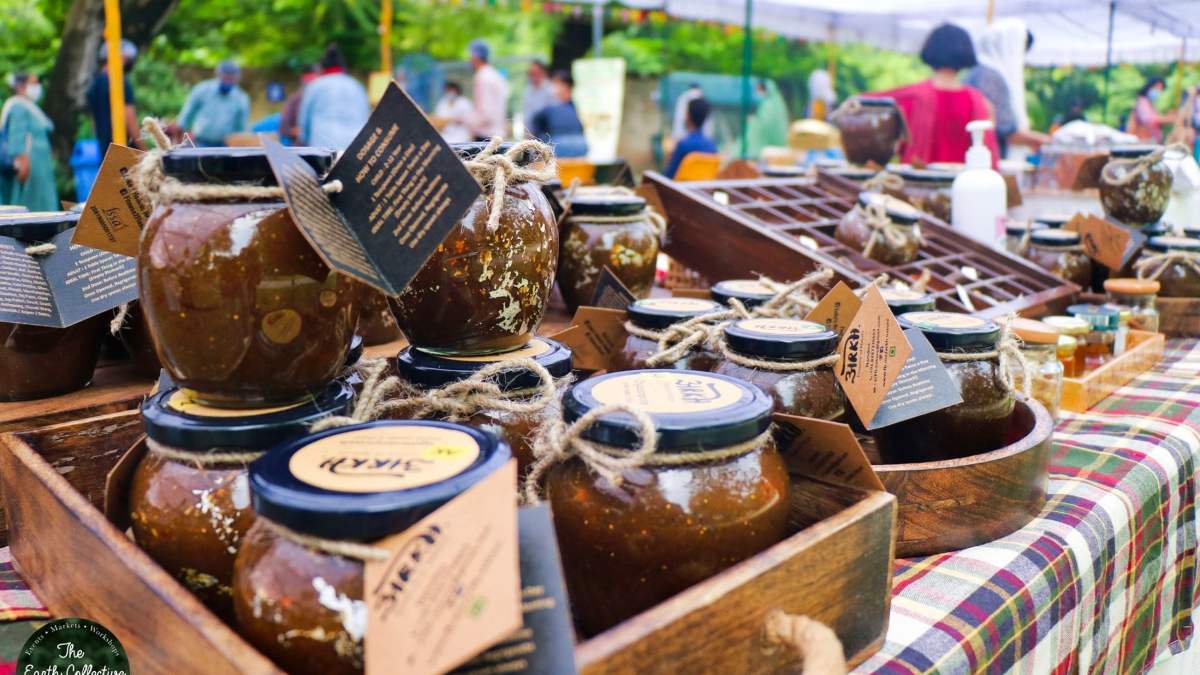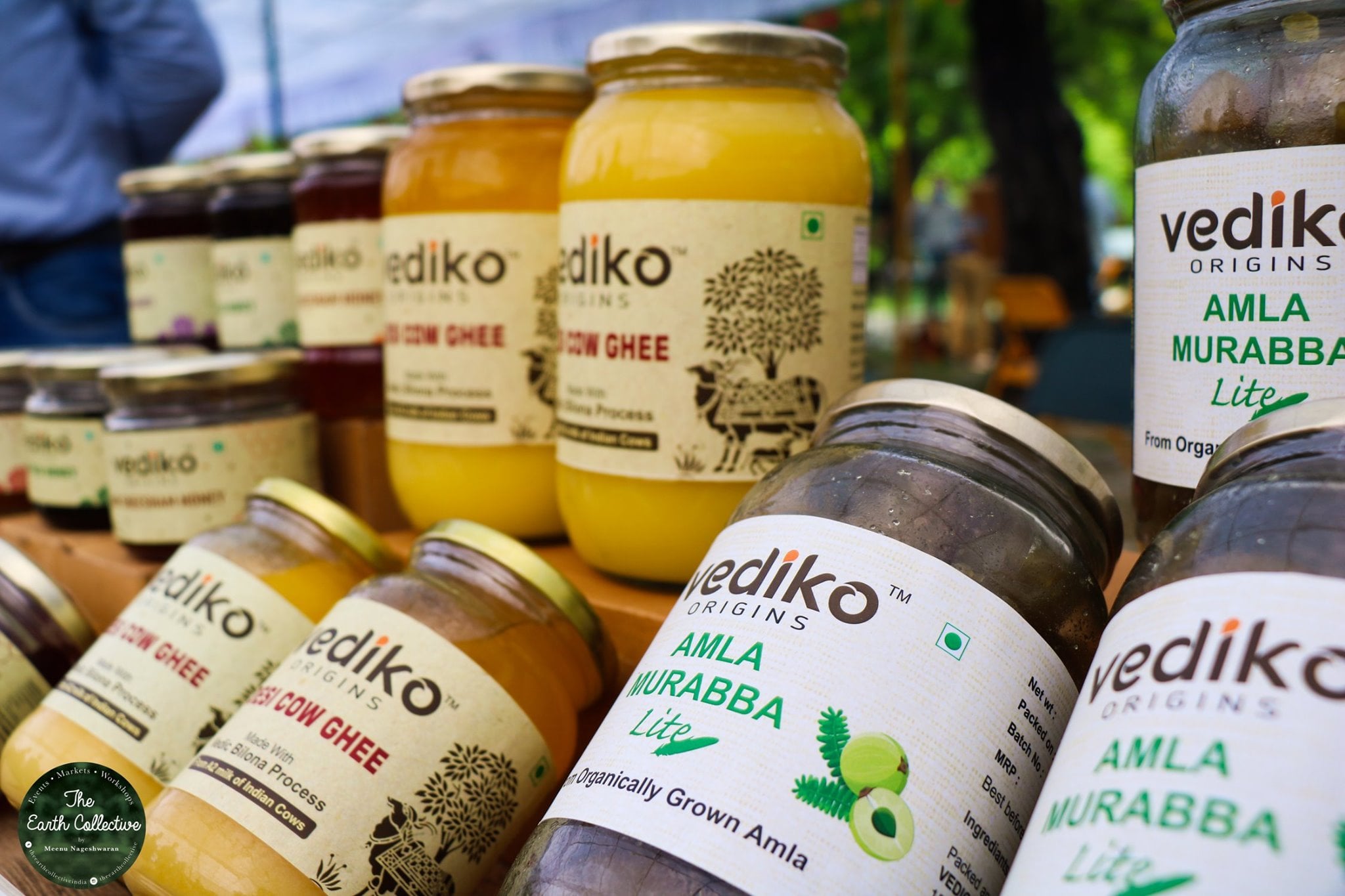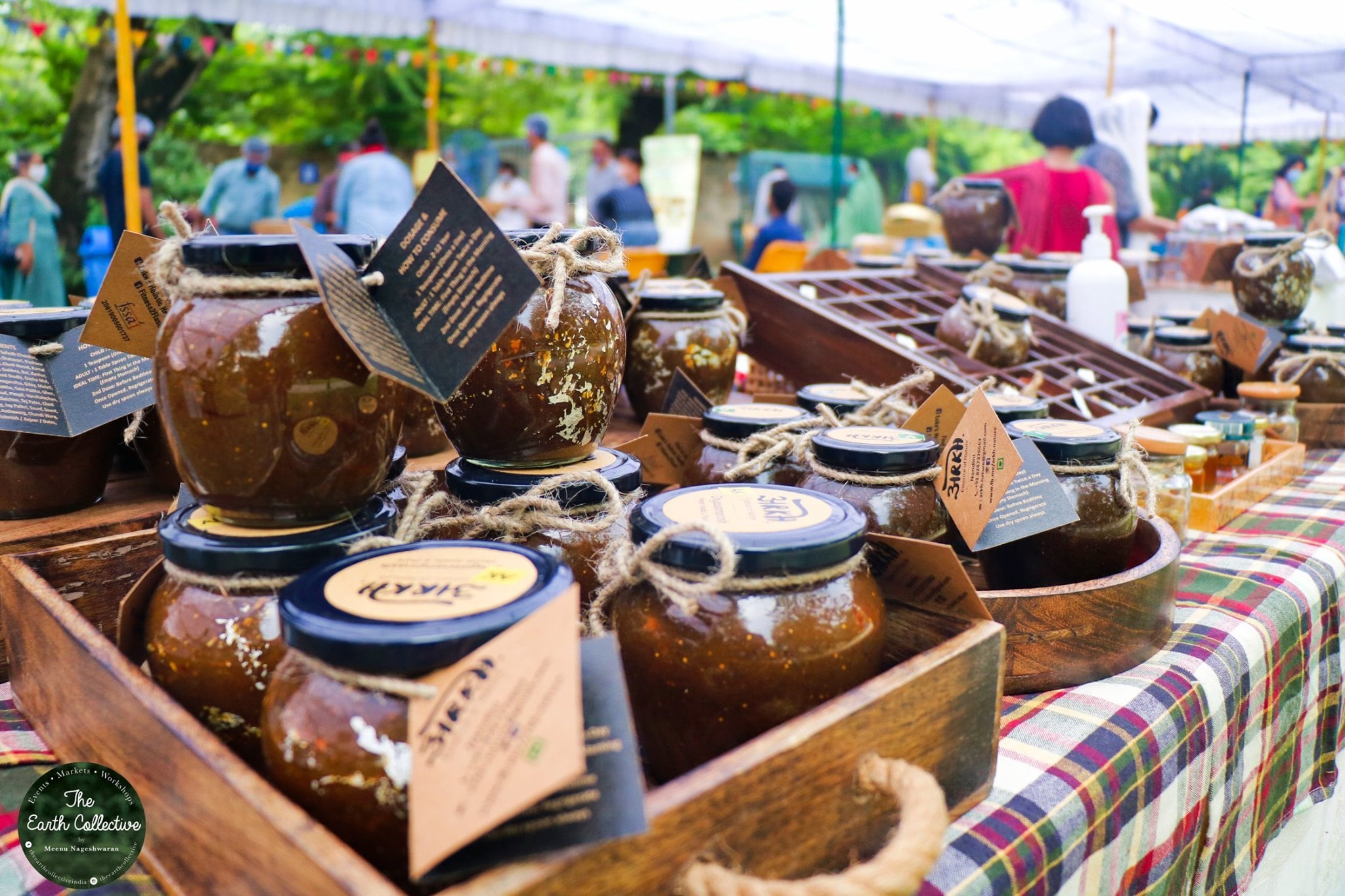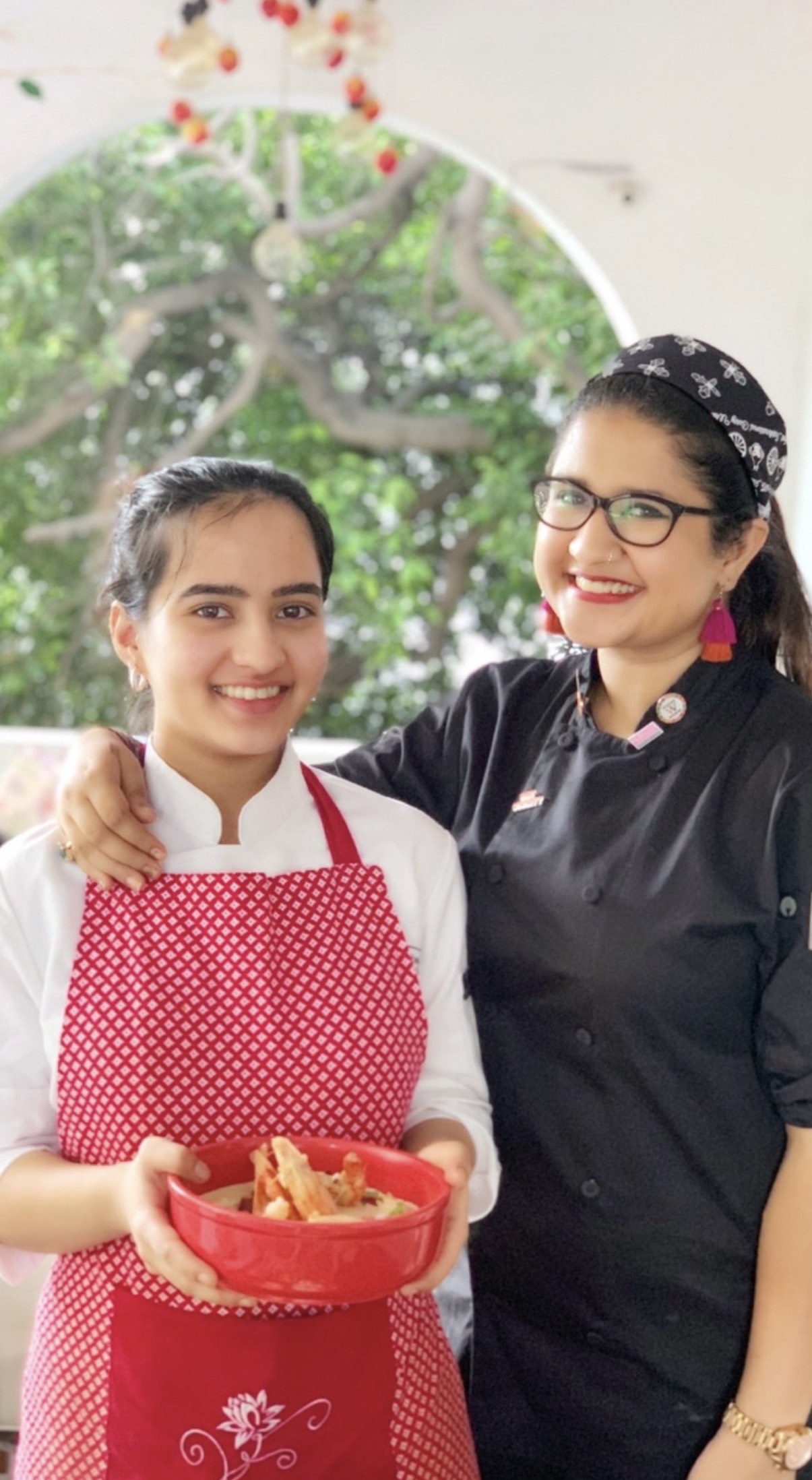
Like all reports produced by the Centre for Science and Environment (CSE), the one released some days back on the ‘State of Organic and Natural Farming in India: Challenges and Possibilities’ is yet another brilliant example of the organisation’s commitment to intensive field-based research. And like all honest reports, it had some depressing statistics to share.
Organic farming practices — which we as end consumers must start demanding as our right — are followed in a minuscule 2 per cent of the 140.1 million hectares of the net sown land under cultivation in India, and over 1.9 million farmers (or a mere 1.3 per of the 146 million agricultural landholders in the country) follow one of the two organic certification systems recognised in India.



Of course, there’s a farming population outside the two certification systems. These would include by-default organic farmers in the hilly, tribal and rain-fed regions as well as practitioners of organic farming in other parts who are not certified, but we don’t have their numbers. Certification, by the way, is not an easy and inexpensive process, and as one of the country’s most articulate organic farmers, Sneh Yadav, once explained to me, you have to pay a fortune (if you see it from the perspective of a small farmer) to prove you follow organic practices, whereas you get subsidies for the fertilisers and insecticides that get pumped into the system as a result of the industrial agricultural methods popularised by the Green Revolution.
As the CSE report points out, compared to the few hundred crores spent annually on the promotion of organic farming, the annual subsidies on chemicals and fertilisers add up to a whopping Rs 70,000-80,000 crore. The damage caused to the country’s land and water resources as a result of this chemical overload is well-documented, so much so that the widely-acclaimed father of the Green Revolution, Dr M.S. Swaminathan, has for some time been calling for a softer 2.0 version of it. The stories that need to be told more are the ones about how the food we eat as a result of such agriculture practices impact our collective health and well-being.
We need to wake up to the fact that not only farmers suffer the deleterious consequences of the Green Revolution and the introduction of genetically modified seeds — the mounting rate of suicides by farmers is a grim reminder of this dark reality of our industrial system of agriculture — but we as consumers are paying a steep but as yet undetermined price for our dependence, because of the absence of choice, on agricultural produce, vegetables and fruit laced with chemicals. The milk we drink has been linked to the early onset of puberty among girls and the antibiotics with which our chickens are pumped up are exactly the ones that are more likely to reduce our immunity to cancer. I will keep returning to this subject, and writing about the lone warriors who are swimming against the tide, because chemical-free food is what we owe to our children and grandchildren. There’s reluctance on the part of our political class to buy into organic agriculture, which is evident from irritants such as the barriers that local municipal authorities put up against organic farmers’ markets that keep popping up in big cities against all odds, but we cannot continue our discourse on food without delving deeper into its back story.
MUSLIMS & INDIA’S RICH FOOD CULTURE
Chefs have shown remarkable resilience in these turbulent times, proving yet again that no matter what the circumstances are, it is hard to keep a creative community down for a long time. We have seen chefs launch cloud kitchens and conduct online master classes, but Megha Kohli, who quit Lavaash by Saby at the same time as the lockdown was announced, has not only been busier than her peers on YouTube, Facebook and Instagram, but also use this past six months to join her younger colleague, Shridula Chatterjee, to delve deeper into the contributions of Muslims to India’s syncretic food culture.
Some time back, during a Zoom chat with Shylashri Shankar, the author of Turmeric Nation, Chicago-based food historian Colleen Taylor Sen pointed out that very little work had been done on the development India’s food culture in the 800-odd years between the inauguration of the Delhi Sultanate and the sunset of Mughal rule. Fragments of the history can be found in Norah M. Titley’s Nimatnama: The Treasure Trove of Recipes, which was based on the cookbook compiled by the Mandu sultans Ghiyasud-din and his son Nasiruddin between 1495 and 1505, in Salma Husain’s transliteration of the Nuskha-i-Shahjahani, a cookbook dating back to the time of Shahjahan, and in Lizzie Collingham’s Curry: A Tale of Cooks and Conquerors.
Chatterjee and Kohli’s article, ‘Muslim-Influenced Cuisines of India’, published in the AprilJune 2020 edition of the journal Social Action, is therefore an indication of how our knowledge of the subject will evolve in the years ahead. Being so broad in its scope, the article skims over the surface, and there are gaps, but I can see a well-researched book emerging out of the joint effort.
The two chefs have started their survey from the Moplahs (now correctly called the Mapillas) of Kerala, the earliest-know Arab community to have settled in India, and then carried their story forward into the Mughal period, with digressions into the Kashmiri wazwan, the stories of khamiri roti and baqar khani (both examples of the sub-continent’s vibrant bread-making tradition, of which so much more needs to be recorded), and brief surveys of Awadhi and Bohri cuisines.
Of course, gaps abound. The authors have given Delhi Sultanate’s cuisine a miss, they have not ventured into the food cultures of Delhi, Hyderabad and Arcot, nor of Rampur and Malihabad, and of Assam’s Muslim population. Nonetheless, Chatterjee and Kohli have set off a conversation that will yield rich results.
A LONG JOURNEY FROM MAURYA TO MIRZAPUR
If you’ve become addicted to OTTs in the past six months, there’s no way you can miss Pankaj Tripathi. My two bits on him is that he was the star of Gunjan Saxena and that Mirzapur wouldn’t have got its sinister edge had he not been on the cast. So, what’s he doing in this column?
As we all wait with bated breath for the next season of Mirzapur, I remember his interviews in which we learnt that he studied hotel management at IHM, Hajipur, and at his first (and only) regular job at Patna’s famous Hotel Maurya (not to be confused with the ITC hotel), he worked the night shift continually in the kitchen for two years so that he could pursue his romance with theatre during the day.
During his stint at the Maurya, as Tripathi remembered on Kapil Sharma’s how, he learnt one day that Manoj Bajpai, who was a guest, had forgotten to take back a pair of slippers. Conspiring with the housekeeper, Tripathi filched the slippers and kept it with him for inspiration. Of course, he confessed to the theft to Bajpai when they were both acting in Gang of Wasseypur.